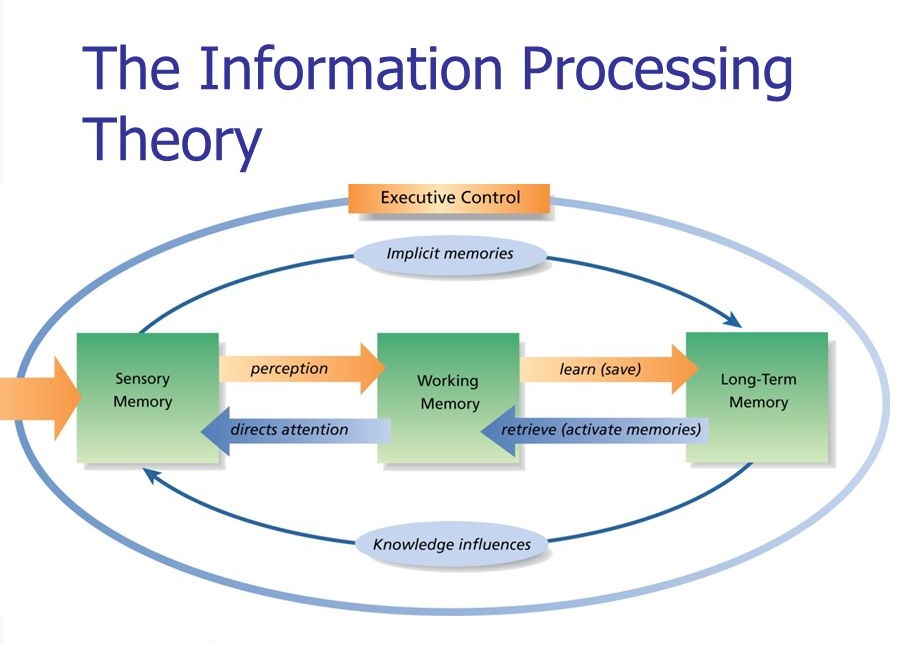

In this process the encoded information is altered to suit the interpretation process and understanding of the brain for decision-making. Information in long-term memory is organized by the declarative, procedural, and/or imagery structures. Elaboration is related to imaging, location, numbers, rhyming word, etc. A well-planned and organized piece of information can be easily encoded and stored. Information is passed on to the long-term memory with the help of two processes called elaboration and distributed practice. Encoding of information happens in short-term memory by connecting it to the existing knowledge. It can be retrieved later, as and when the need arises. This is the part where all the information is permanently stored. Our brain applies repetition when we are in the process of learning something new. It will also transmit the information in long-term memory. Data chunking is also used to store information in short-term memory. The major types of organizations are component, sequence, relevant and transitional. Organization and repetition form the major concepts of information retention. However, if recalled it exists for up to 20 minutes. Once the decision has been made regarding the information, it will either be discarded or transferred to the long-term memory. This is a part of the sensory register where the information is stored temporarily.
#Information processing model registration
The sensing and registration of information is best done when it is important, stimulating or perceivable. If stimulus has interesting features or if it activates a known pattern it can have an effective response. Attending to the information in this stage is necessary to transfer it to the next one. This process of conversion of energy creates short-term memory. The human body has a set of sensory receptor cells which help in converting external energy into a message for the brain. This is that part of the mental processing unit that receives all information and then stores it temporarily or permanently. There is a fixed pattern of events that take place in such a situation, and by knowing this pattern we can enable children and adults with special abilities to learn new things faster. In short, it is the analysis of the way a human being learns something new. He also said that learning is simply a change in the knowledge that has been stored by the memory. He compared the information processing in humans to that of a computer model. The information processing theory, as we know it today, was not created but developed by George Miller. The information processing theory is an approach to the cognitive development of a human being, which deals with the study and the analysis of the sequence of events that occur in a person’s mind while receiving some new piece of information. He also stated that the human mind can only hold 5-9 chunks of information at a time. Miller developed the information processing theory and believed that the mind receives the stimulus, processes it, stores it, locates it, and then responds to it.


 0 kommentar(er)
0 kommentar(er)
